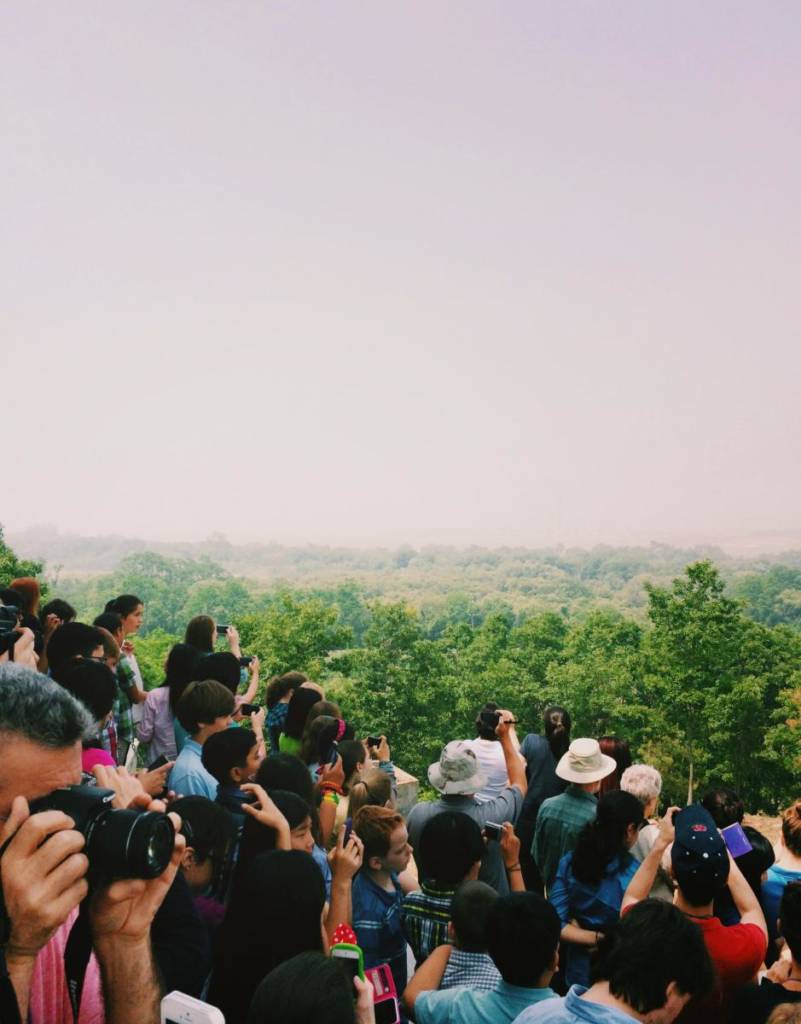With the arrival of spring we’re leaping bravely into unfamiliar worlds—safe in the hands of experts, of course. An eerie peripheral dreamscape; quotidian life viewed from upside down or inside out, never as expected; the dark bureaucracy of the criminal underground; messages ferried to and from ghosts—these are unmapped terrains, and what better companions than these authors, their first cartographers? Expand your world(s) this month with these suggestions from our contributors and staff.
Recommended:
Bone Map: Poems by Sara Eliza Johnson, Aimless Love: New and Selected Poems by Billy Collins, Blood and Money by Thomas Thompson, Self-Portrait in Green by Marie NDiaye, Elegies for the Brokenhearted: A Novel by Christie Hodgen.









